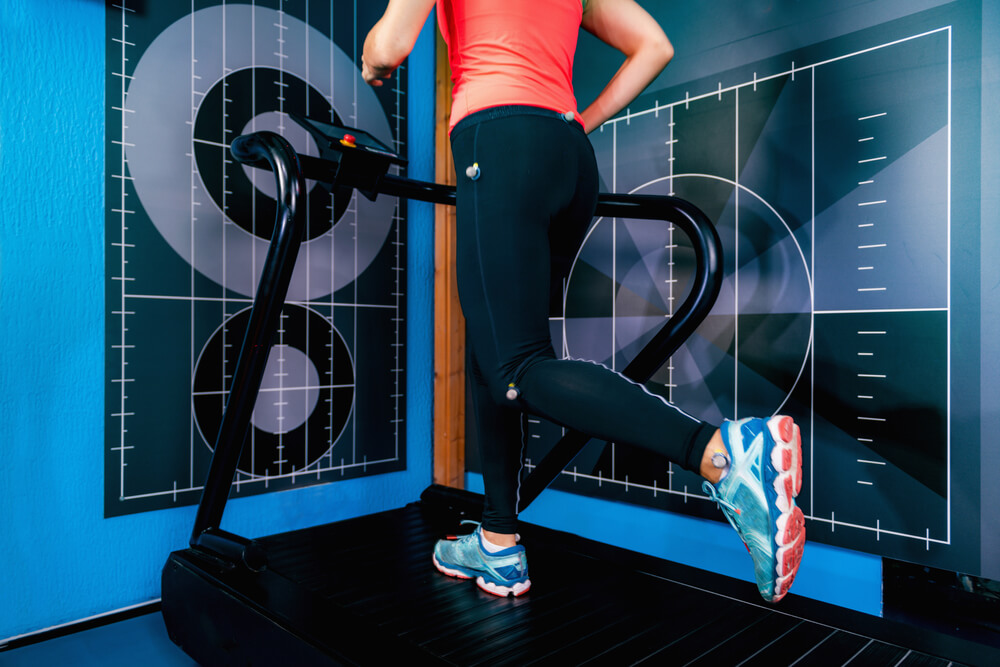Yearly, 65% of runners get injured. Running-related injuries can make your daily routine harder. Physical therapy is a great way to improve your running and reduce the likelihood of an injury.
Rather than being a short-term fix, physical therapy addresses the underlying cause of injury and helps you build strength and flexibility in those areas, while also correcting biomechanical problems that may have led to injury in the first place.
A physical therapist can help you design a running plan to help build your muscles and reduce any associated pain.
How running can be improved with physical therapy
Physical therapy is a great way to help improve your running performance. Here are three ways seeing a physical therapist can help:
- Reducing pain and preventing injury — During a run, an athlete will often experience pain and/or discomfort. A physical therapist can help reduce or even eliminate this pain or discomfort by assisting the athlete in finding ways to run more effectively.
- Improving performance and efficiency — Physical therapists are experts at evaluating how the body moves while running and identifying areas for improvement. For example, if an athlete has tightness in their hips, their therapist will create a plan to help loosen up those muscles. This allows the athlete to run more efficiently with less energy spent on each stride.
- Increasing flexibility and strength — By increasing flexibility and strength through physical therapy exercises, running becomes more effortless. This allows the runner to focus on other aspects of their running technique as they become more confident in moving their body efficiently through space without getting fatigued quickly.
Useful physical therapy running exercises to help prevent injury
Running itself is a great exercise for strengthening the muscles in your legs and core, but doing some supplementary strengthening exercises beforehand can help prevent injury and improve your running. Here are four that you can add to your routine:
- Hip flexor stretch — Tight hips prevent full leg extension when running. To stretch your hip flexor muscles, take a kneeling position and step your right leg out in front of you. Your right leg will be bent, and you may need to wiggle your right foot farther away from you to get a good stretch. Now move your hips forward, making sure that your right knee doesn’t go past your right toes. Hold this for about 30 seconds and then switch legs.
- Calf and quad rolls — Using a foam roller on your calves and the front of your thighs helps improve your circulation. This is beneficial before and after your run for warming up and cooling down your muscles.
- Squats — Squatting helps strengthen the variety of muscles that you use for running. You may squat with the weight of some light dumbbells, but you can also get results using only your body weight. You don’t need to do squats every day of the week. Three times a week for a few sessions of 10 to 20 squats should help strengthen your legs.
- Lunges — As with squats, you don’t need to do lunges every day. Three sets of 10 lunges for each leg two to three times a week should help you strengthen leg muscles and ligaments, especially those surrounding your knees. Try doing side lunges as well to exercise parts of your muscles that may be ignored in standard forward lunges.
Useful running physical therapy techniques
Physical therapy techniques for those who use running as a main form of exercise can help address common issues with runners. Here are three helpful techniques:
- Footwear evaluation — Physical therapists are also experts at evaluating footwear. They’re able to take into account things like arch height, pronation and other individual factors to recommend the best shoe for you. This can play a huge role in preventing injury and maximizing comfort while running.
- Gait analysis — Gait analysis is a process where a physical therapist assesses your running style and identifies the strengths and weaknesses of your technique. This can be used to solve problems caused by poor form. It can also help you to develop more effective ways of running, which may help you improve your performance.
- Dry needling — This is an effective method of recovery. It can benefit the runner who is looking to improve their performance. Dry needling can help break up scar tissue that has built up in the leg muscles. It can also reduce pain and inflammation in muscles, which are often associated with running.
Developing a personal plan for physical therapy running training
If you’d like to start training for running with the help of a physical therapist, contact our team at Advent Physical Therapy for an appointment. We’re dedicated to helping your body perform at its peak. Our therapists will begin by performing a free screening designed to reveal issues that could cause running injuries. Then, we’ll build you an individualized therapy plan intended to address these issues and reduce your injury risk.
Can’t make it into one of our therapy clinics? Don’t worry! Our team offers physical therapy you can do from home, including virtual care and at-home therapy sessions. We can even get you started with your therapy plan if you don’t have a doctor’s referral.
Take the next step to get our help running more effectively and safely. Contact our team today for more information about our therapy services or to schedule an initial appointment.
